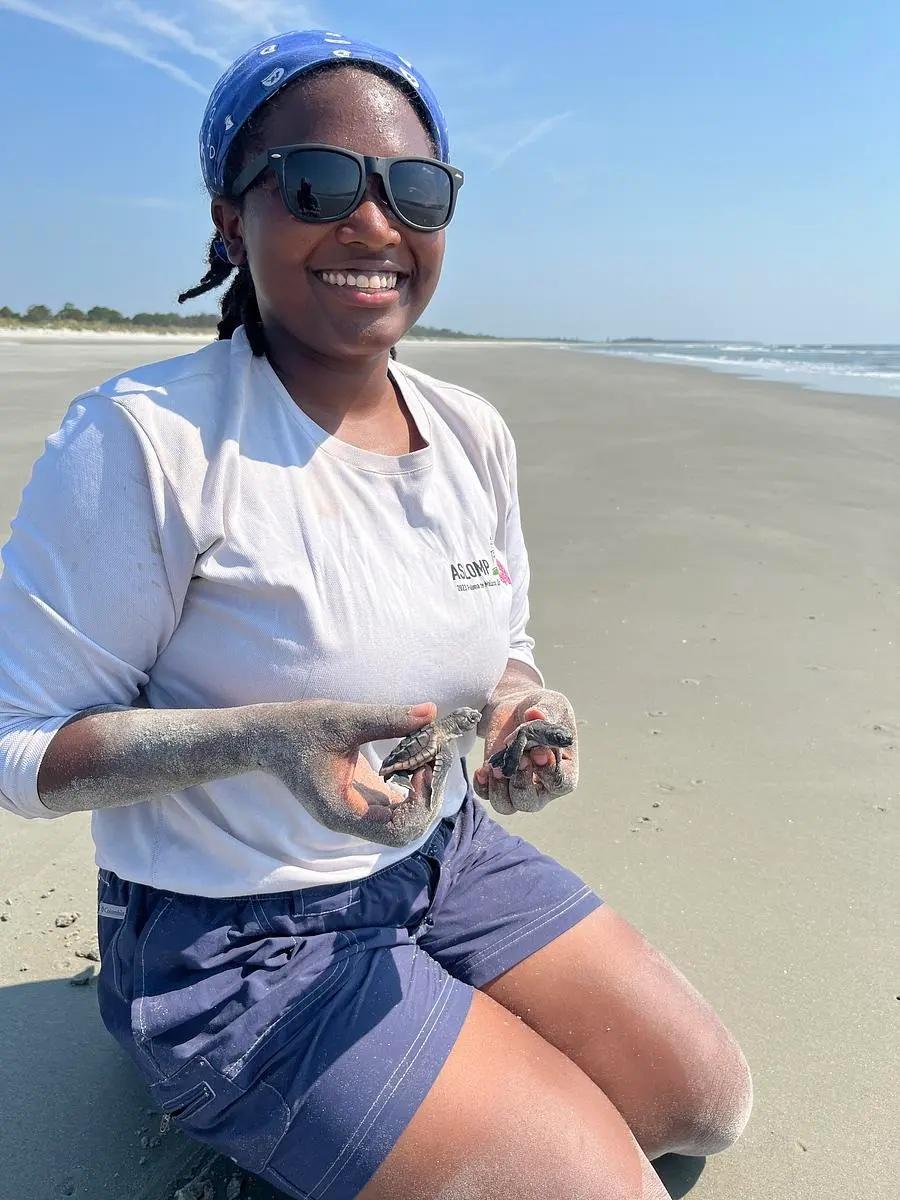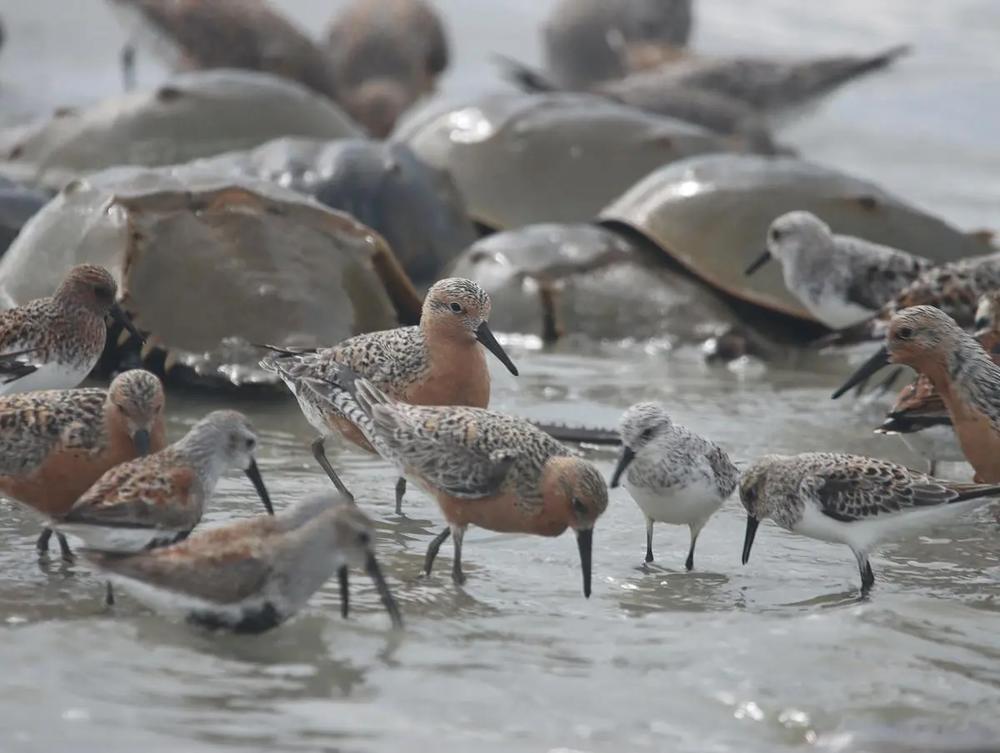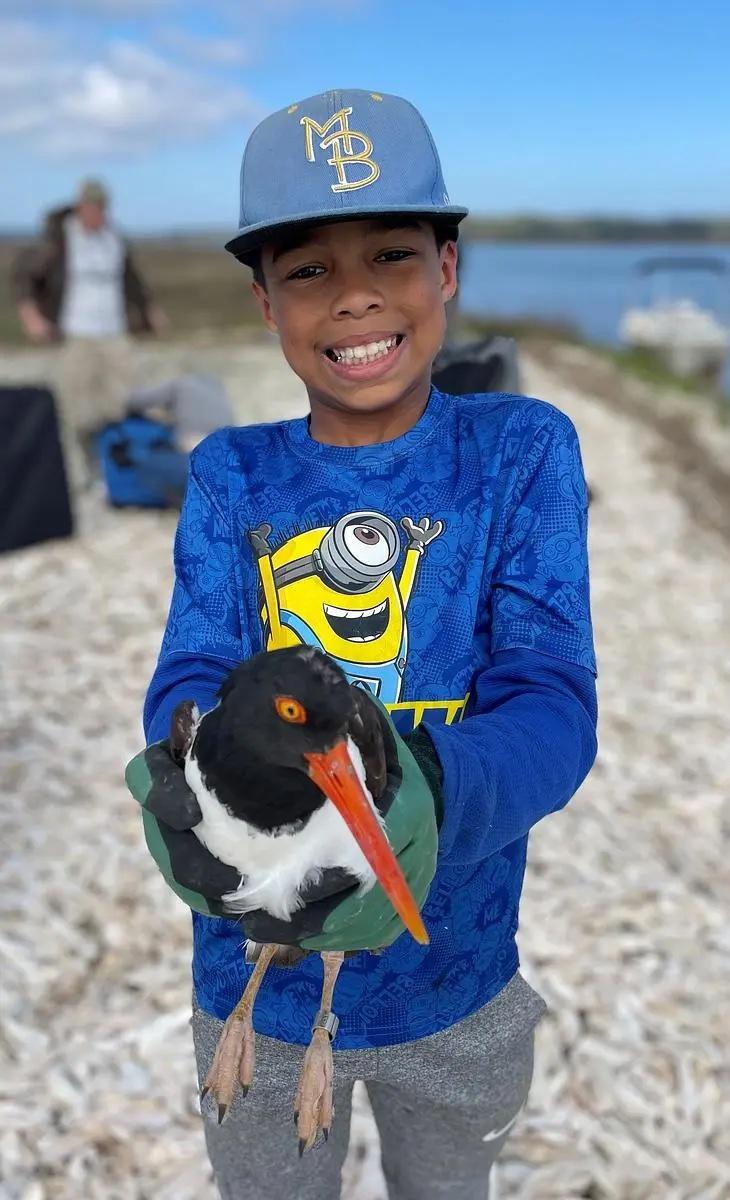
Section Branding
Header Content
Report highlights Georgia wildlife conservation efforts
Primary Content

Mary Landers, The Current
Georgia keeps tabs on bald eagles nesting in tall pines, endangered North Atlantic right whales giving birth offshore and gopher tortoises reclaiming their territories in longleaf forests.
And that’s just for starters.
“There’s all this fascinating wildlife and rare species that need our help, and we are working hard to monitor and conserve those species and their habitats, and we’re really proud of that,” said Brett Albanese, assistant chief of the Wildlife Conservation Section of the Department of Natural Resources.
The DNR on Monday released its Wildlife Resources Division’s annual report detailing is efforts to conserve wildlife over the fiscal year that ended in July. Coastal plants and animals are well represented throughout the 86-page report, available here.

A smattering of coastal highlights from the report includes:
- The Brunswick Harbor Bird Island hosted the state’s largest colony of nesting seabirds last year, with close to 4,000 nests where royal terns, laughing gulls, black skimmers, brown pelicans and gull-billed terns raised their young.
- Staff trapped and satellite-tagged 13 red knots, a long distance migrant, using solar-powered transmitters. The birds were tracked to their breeding grounds in the high Arctic, providing some of the first data showing them refueling in the Southeast then making a nonstop flight north.
- Members of the Georgia Sea Turtle Cooperative, coordinated by the Wildlife Resources Division, documented more than 2,490 loggerhead nests on Georgia beaches last year. That’s slightly below the goal of 2,800 nests a year, but loggerheads nest numbers are trending up slowly toward recovery of the species in Georgia.
- Wildlife Conservation also continued annual population monitoring of Radford’s mint (Dicerandra radfordiana), a state-endangered species known to exist in only two locations along the north side of the Altamaha River in Georgia. This year’s totals at Townsend Wildlife Management Area in Long and McIntosh counties revealed an increase to 2,556 plants from last year’s low of 538.
The report is an account of the work of the Wildlife Conservation Section, which receives less than half of 1 percent of its budget from state funding. The budget instead depends largely on four fundraisers: “nongame” specialty license plates, Weekend for Wildlife, the Wildlife Conservation Fund state income tax checkoff and direct donations.

In that way, Conservation Section Chief Matt Elliott views the report as a kind of receipt.
“If you bought a license plate or made a donation when you when you bought your fishing license or something like that, this is what we’re using money for,” Elliott said.
Georgia received about $1.6 M last fiscal year in federal State Wildlife Grants, a federal program designed to prevent wildlife from becoming endangered through voluntary, proactive conservation.
Elliott sounded confident that federal funding would continue through the Trump administration.
“It’s money that is usually associated with some sort of cooperative agreement,” he said. “It’s between the federal government and the state. So, as I would see it, you can’t start pulling those things back unless you’re going to be violating a whole lot of agreements with every state.”
This story comes to GPB through a reporting partnership with The Current.

